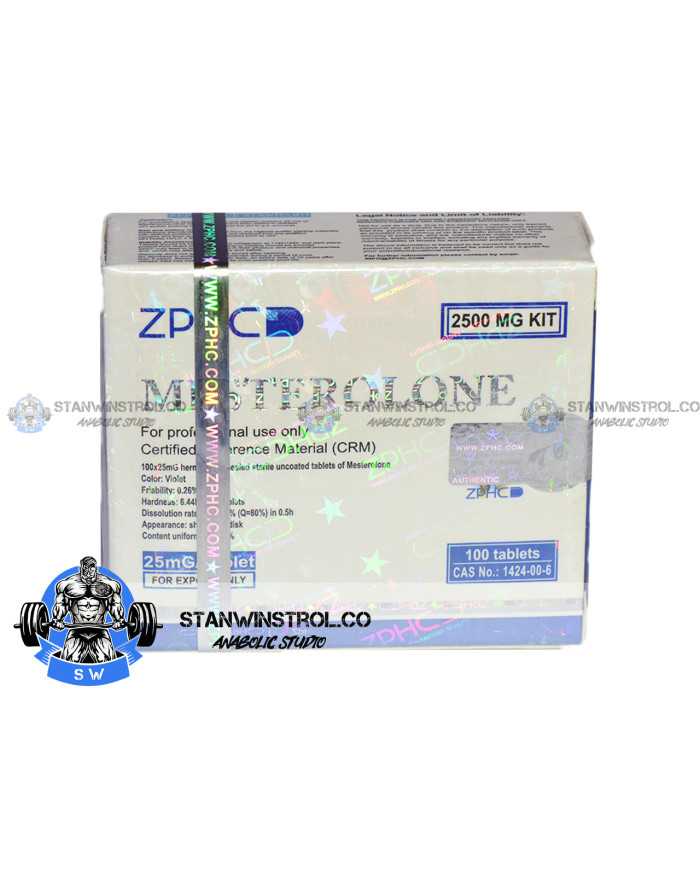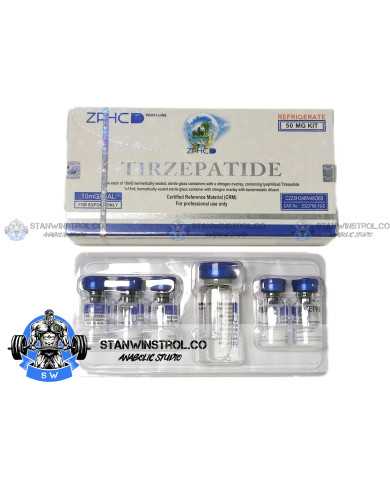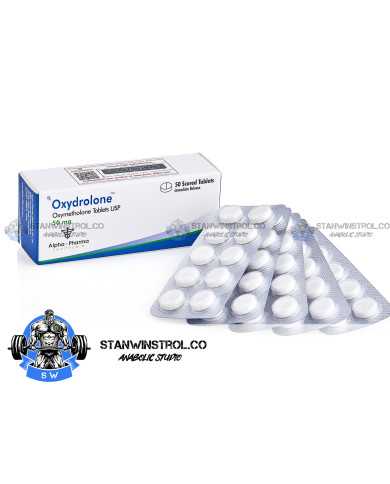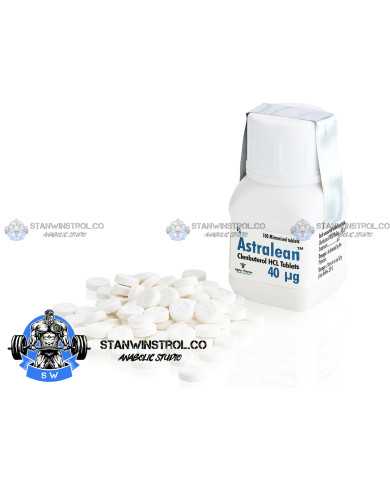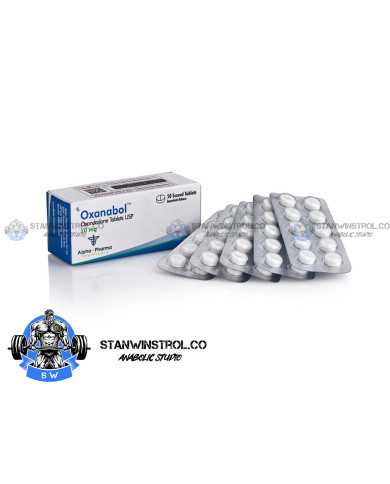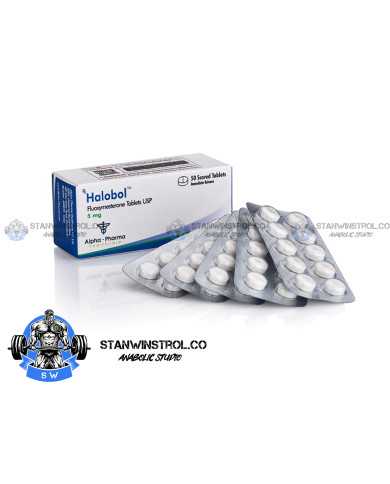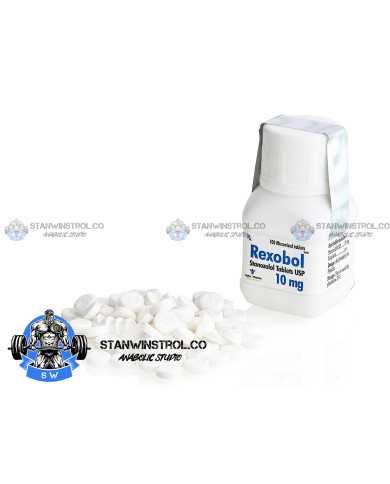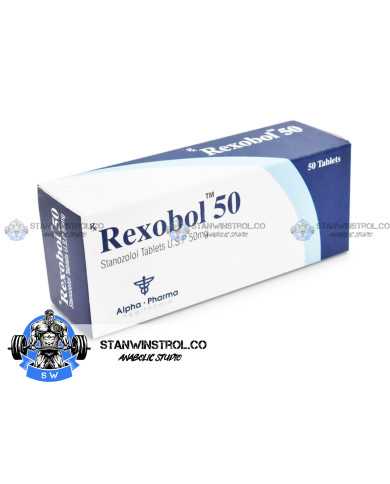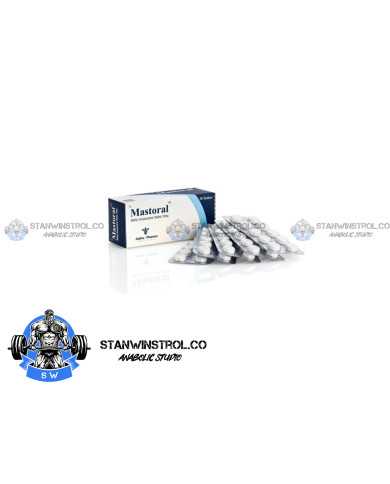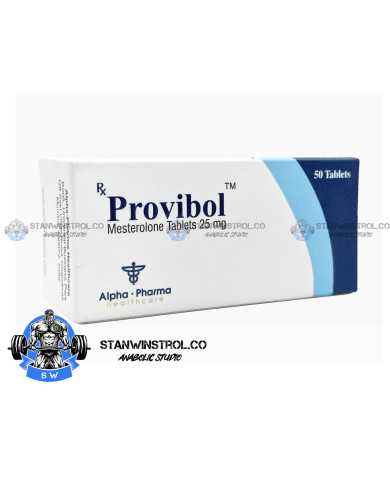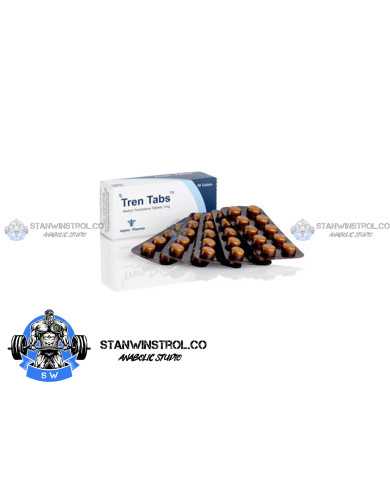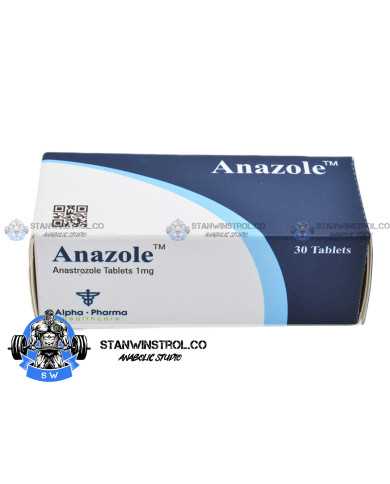PROVIRON 25MG 20TABS
PROVIRON INTRODUCTION, HISTORY, AND OVERVIEW
Proviron is the trade / brand name for the androgen known as Mesterolone. It is an oral product, and is not considered an anabolic steroid. This is because its anabolic activity is known for being extremely weak – so weak, in fact, that it can be practically considered nonexistent. Proviron was initially developed by Schering in 1934, making it one of the oldest steroids manufactured and marketed for medical use. Mesterolone is so old, in fact, that it shared its inception alongside Methyltestosterone in 1935, and Testosterone Propionate in 1937, which were two of the first anabolic steroids put to use in medicine as well. Of course, Methyltestosterone and Testosterone Propionate are best remembered for all of their glory while Proviron is/was lesser known. This is likely due to the fact that the former two anabolic steroids were demonstrated as being very strong anabolic agents, while the latter was not.
Although Proviron is considered a very old medication, it still stands the test of time as being known as a compound that has impressive effectiveness as a medicine alongside an impressive history of safety and tolerance among patients. Within the medical establishment, Proviron has been utilized as a medication for the treatment of declining well-being in older males due to declining androgen levels, libido dysfunction in males, and infertility.
Its use as a fertility aid is where Proviron was really emphasized in medical literature. This is because while almost all anabolic/androgenic steroids are known to cause temporary infertility, Proviron in normal therapeutic dosages actually barely suppresses endogenous gonadotropins (LH and FSH) when utilized. However, Proviron is poorly misunderstood as a compound that increases LH, which it does not do. Instead, research has demonstrated that Proviron provides the androgenic effects necessary for spermatogenesis in specific areas in the testes.
Schering still manufactures Mesterolone under the name of Proviron across the world today. It has been sold under different brand names as well, including Pluriviron (in Germany by Asche), Vistimon (in Germany by Jenepharm), and Restore (in India, by Brown and Burke). What is interesting, however, is that Proviron was never approved for use on the prescription market in the United States.
PROVIRON CHEMICAL CHARACTERISTICS
Proviron is a modified derivative of dihydrotestosterone (DHT) via the addition of a methyl group on its first carbon (1-methyl dihydrotestosterone). As previously mentioned, it is an extremely weak anabolic, which is why Proviron is almost always referred to as an androgen (or androgenic steroid). Studies have demonstrated the reason for its weak anabolic effects: it shares with its parent compound (DHT) a similar property – it is rapidly metabolized and broken down into inactive metabolites once it enters into muscle tissue.
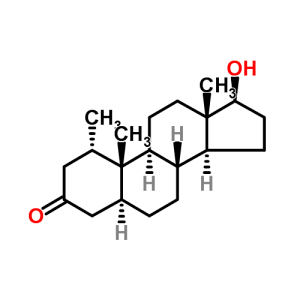 Mesterolone
Mesterolone
This has always been the problem with dihydrotestosterone itself – once it enters muscle tissue, the enzyme 3-hydroxysteroid dehydrogenase (where it is in very high concentration in muscle tissue) binds to it, and renders it inactive by converting it into a compound that has no anabolic effects. This is the real reason for Proviron’s weak anabolic effects. There have been false rumors about Proviron’s weak anabolic nature in circulation among bodybuilding communities that Proviron “blocks the androgen receptor in muscle tissue”, which is wrong, and this rumor should therefore be put to rest.
An added benefit of Proviron is its ability to have a high affinity for SHBG (Sex Hormone Binding Globulin), which is a protein that binds to anabolic steroids in the bloodstream (namely, Testosterone) and renders them completely inactive once bound. The use of Proviron in this case alongside other anabolic steroids may magnify the activity and effects of other anabolic steroids through this pathway, leaving more unbound and free Testosterone to perform its job.
A well-known benefit of Proviron is also its ability to act as an anti-estrogen via its activity as an aromatase inhibitor. It should be noted, however, that its activity as an aromatase inhibitor is not regarded as strong as Aromasin, Arimidex, or Letrozole, but it still works and can be used as such. Its strength as an aromatase inhibitor can be compared to Arimidex, but slightly lower in terms of strength.
PROVIRON SIDE EFFECTS
Because Proviron is a DHT-derivative, it carries with it no risks at any dosage for estrogenic side effects. In fact, as previously mentioned, Proviron acts as an anti-estrogen via its activity as an aromatase inhibitor in the body. This can result in the mitigation of estrogenic side effects from other compounds via the reduction of total circulating plasma levels of Estrogen. Research has demonstrated that because of this effect of Proviron, it has been utilized medically in the treatment of gynecomastia and breast cancers because of its strong androgenic nature combined with its anti-estrogenic capabilities.
Because Proviron is primarily an androgen, it does carry with it the risk of androgenic side effects, and they are more pronounced with higher dosages. Proviron’s androgenic side effects include: an increase in oily skin (as a result of increased sebum production/secretion), increased facial hair and bodily hair growth, as well as the increased risk of triggering MPB (Male Pattern Baldness) in those that are genetically sensitive or predisposed to it. Women are also prone to virilization through the use of Proviron, which is the development of male characteristics in females (i.e. deepening of the voice, facial hair growth, enlargement of the clitoris, etc.). It is also important to note that because Proviron is already a derivative of DHT, products such as Finasteride, Proscar, or Dutasteride will do absolutely nothing to reduce Proviron’s potential androgenic side effects.
Because Proviron is not C-17 alpha alkylated (it is instead methylated on its first carbon), research has shown that it is not known to produce hepatotoxic effects, and liver problems are extremely unlikely with this compound.
Proviron’s side effects do indeed include negative impacts on the cardiovascular system, however. Studies have shown that 100mg of Proviron daily for 6 months has shown very significant negative effects on cholesterol values, both increasing the bad (LDL) cholesterol and decreasing the good (HDL) cholesterol by 65% and 35% respectively.
It is also likely that Proviron may have a suppressive effect on endogenous natural Testosterone production (though this is considered to be very weak). Nevertheless, studies have demonstrated that 150mg or less per day of Proviron that no significant suppression of Testosterone results. In those same studies, higher dosages (300mg or higher per day) resulted in significant suppression of Testosterone levels.
PROVIRON DOSING AND ADMINISTRATION OF PROVIRON
In the medical world for the treatment of insufficient androgenicity, a single tablet of 25mg taken three times per day (for a total of 75mg per day) is used at the onset of treatment, followed by a reduction in dose later on to maintenance levels of a single 25mg tablet per day. In the treatment of male infertility, the same dosages are normally used, though other fertility-boosting drugs are also included alongside Proviron.
In the case of bodybuilders and athletes, Proviron is normally used between 50 – 150mg per day to either control Estrogen levels, reduce water retention (caused by estrogen), or to increase fertility following the conclusion of a cycle.
Although Proviron is not approved for use in females, some females in the athletic and bodybuilding community do elect to use it. In this case, a single Proviron dosage of 25mg per day is enough to alter the look of the physique. This should be done no longer than 4 – 5 weeks in order to avoid virilization effects.
PROVIRON CYCLES AND USES
Being that Proviron is not an anabolic steroid and possesses extremely weak anabolic effects, it is not utilized in the form of cycles. It is instead normally utilized as an ancillary compound, as an adjunct to anabolic steroid cycles in order to minimize or mitigate the effects of Estrogen on the body. It is also used for its aesthetic effects in enhancing the ‘hard’ look of the physique both through its effects as an anti-estrogen, as well as its effects as a strong androgen.
When used as an ancillary, it can be taken by male athletes and bodybuilders all throughout their cycle length at 50 – 100mg per day, as there is no limit to how long it can be utilized for. Some individuals prefer to also run Proviron as a PCT (Post Cycle Therapy) drug in order to reduce Estrogen levels and boost fertility. Although this can be done, there are much better compounds with similar (and stronger) effects for PCT. When the risk of even weak endogenous Testosterone suppression is thrown into the mix with Proviron, it is advised to avoid the use of Proviron for PCT purposes unless there are no other options available. During a period in which individuals are attempting to recover their natural endogenous Testosterone levels, any threat no matter how minimal to endogenous Testosterone production should be unwelcome and avoided at all costs.
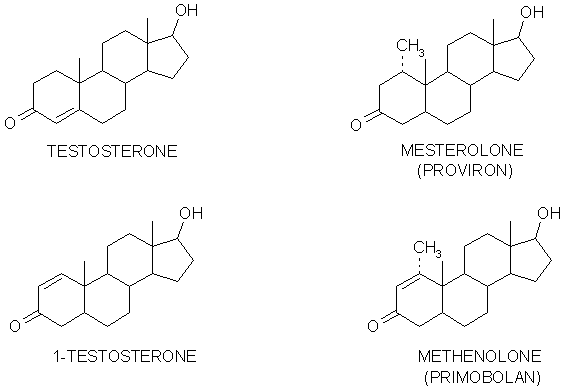
PROVIRON IDENTIFICATION:
- [1 alpha-methyl-17 beta-hydroxy-5 alpha-androstan-3-one]
- Molecular Weight: 304.4716
- Molecular Formula: C20H32O2
- Melting Point: N/A
- Manufacturer: Schering
- Release Date: 1960
- Effective Dose: 25-200mgs/day
- Active Life: up to 12 hours
- Detection Time: 5-6 weeks
- Anabolic/Androgenic Ratio: 100-150:30-40
Reviews
No customer reviews for the moment.


